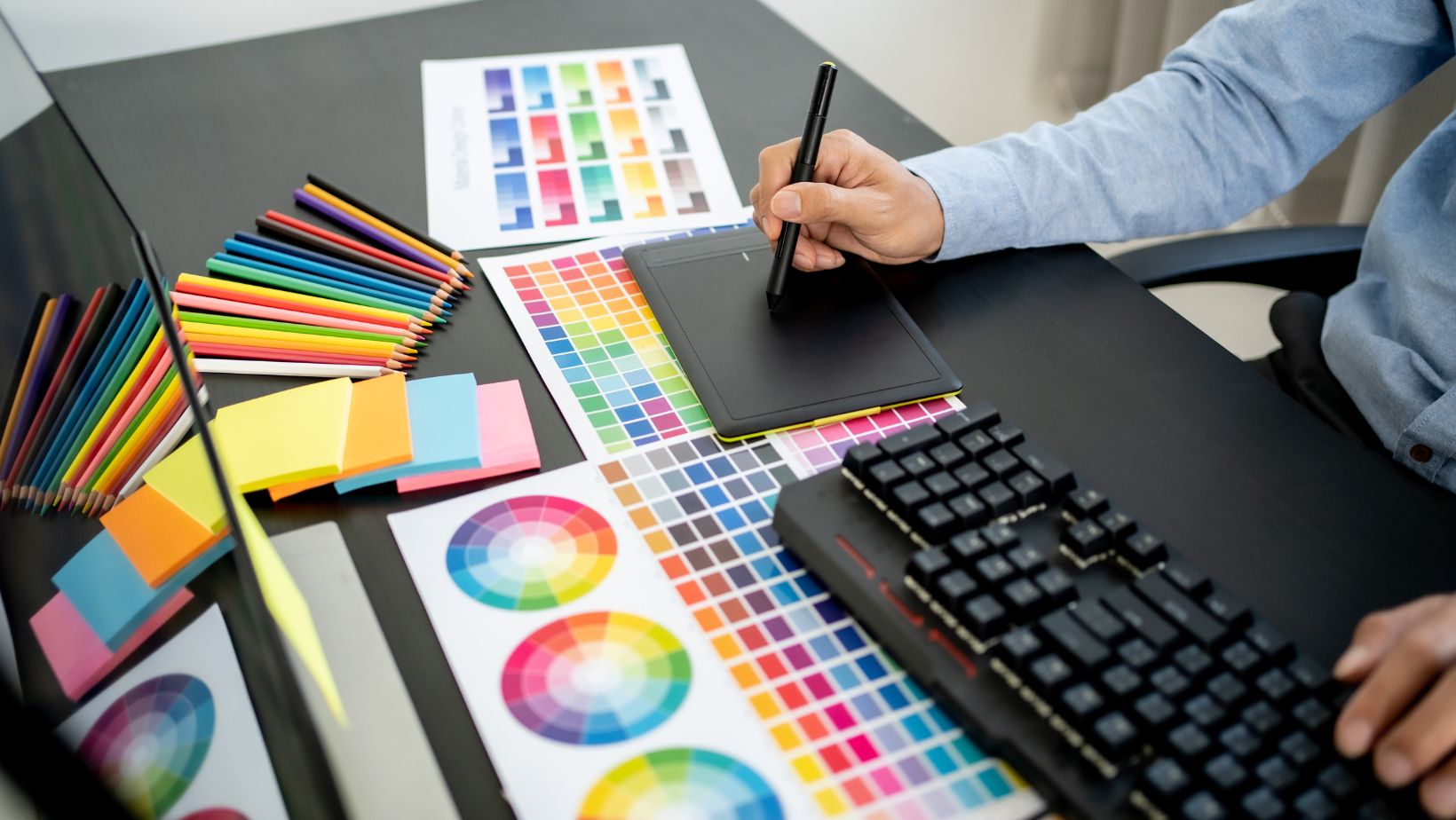When one thinks about their favorite movies, games, or animated shows, the thing that stands out the most is often the fictional world they’re set in. These worlds can feel so real and vivid, almost as if you could step onto the screen and be a part of them. One of the secrets behind this magic is creating 3D models. But what steps and techniques do digital artists use to bring these worlds to life? Scroll down to learn more.
The Magic of 3D Modeling: A Crucial First Step
3D modeling is one of the first steps in creating a believable and immersive fictional world. Imagine it as the skeleton or the framework of the world. Artists use specialized software to create 3D structures that form the basis of buildings, landscapes, and even characters. Once the 3D models are ready, they are like empty canvases, waiting to be painted and detailed. While 3D modeling is technical, it also requires a lot of creativity. The artist must consider how light will hit each object, how materials will look, and how the setting will fit into the story.
Texture and Shading: Adding Realism to the Models
After 3D modeling, the next step is texture and shading. Imagine a 3D model as a toy. It’s a little to look at once you paint it and give it a real-world look. Texture does the same for 3D models. It can make a stone look rugged, a piece of cloth look soft, or water looks reflective. Shading adds depth to these textures. For instance, the side of a building facing the sun would have a different shade than the side in the shadow. This attention to detail adds a layer of realism to the fictional worlds, making them more relatable and engaging.

Lighting: The Unsung Hero of Digital Art
A vital but often overlooked aspect of digital art is lighting. Good lighting can make or break a scene. It’s not just about making things visible; it’s about setting the mood. A spooky scene will have different lighting than a happy, sunny one. Artists can use various light sources, like sunlight, moonlight, or artificial lights, to highlight or hide elements in a scene. Understanding the nuances of lighting can significantly impact how the viewer feels about a particular setting, making it an essential tool for storytelling.
Movement and Interaction: Bringing Life to the World
Adobe states, “3D modeling software allows you to create digital representations of three-dimensional objects.”

Static images can be captivating, but adding movement takes the experience to a new level. Imagine trees swaying in the wind or water flowing in a river. These small details make the world feel alive. Digital artists often work closely with animators to ensure that the movements are natural and flow seamlessly with the 3D models and settings. Interaction between characters and their environment is also crucial. If a character steps on a puddle, the water must splash; the leaves should rustle if they walk through a forest. These interactions create a sense of immersion vital to making fictional worlds believable.
Digital artists use various techniques, from 3-D modeling to detailed textures, realistic lighting, and clever movement and interactions. Each step adds a layer of realism and immersion, making these fictional worlds feel as real as one’s own. The next time you find yourself captivated by an imaginary world, you’ll know the art and science that went into making it so compelling.















